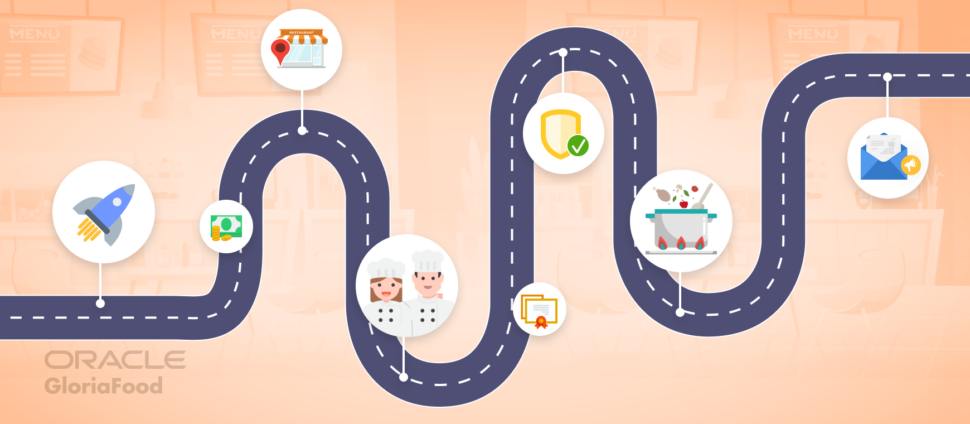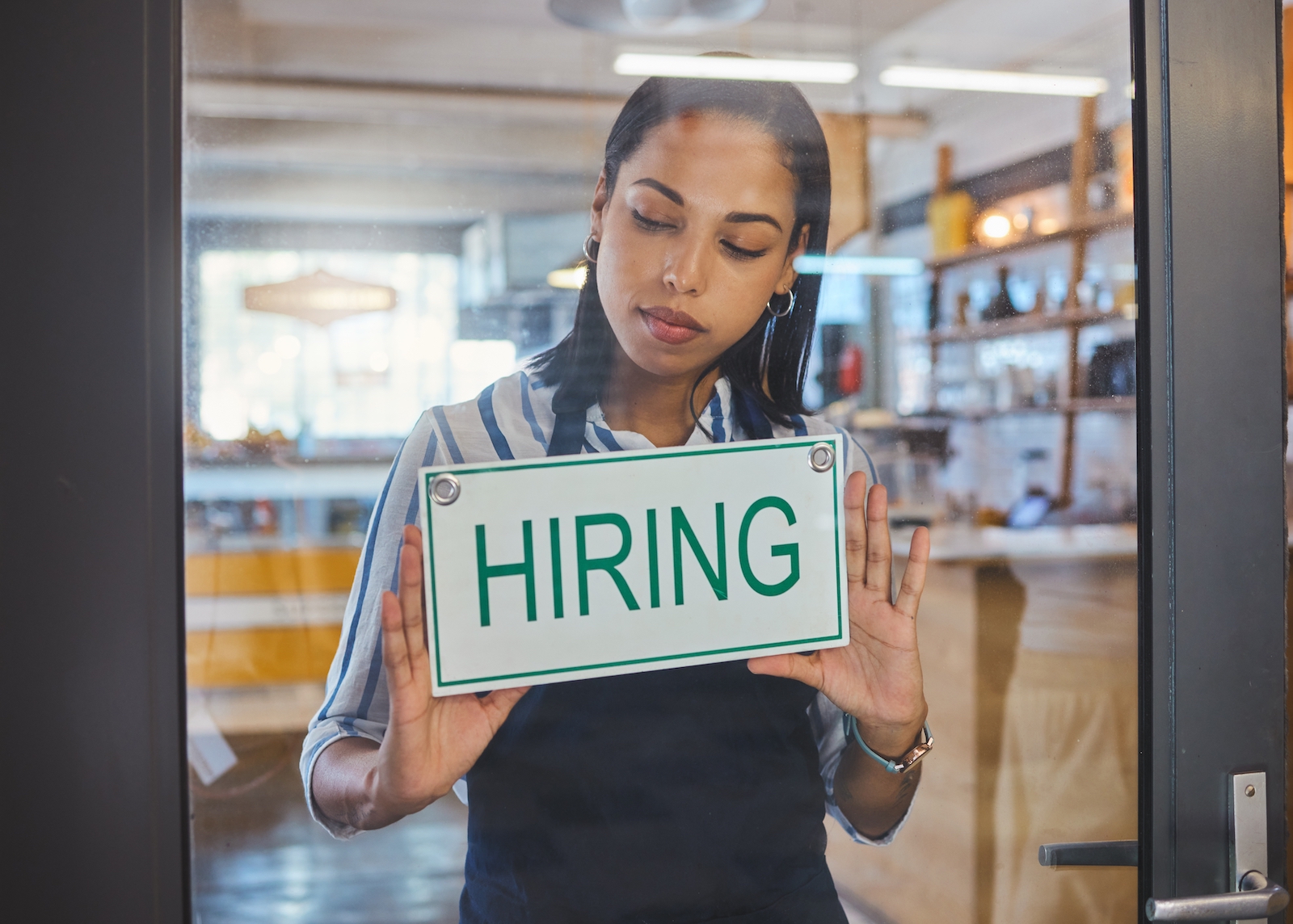Eight out of ten restaurant owners start as entry-level employees. However, opening a restaurant is a big undertaking and requires hard work and dedication. From understanding the different aspects of the business before diving in to having a business plan, finding the right location, and purchasing restaurant insurance, every aspect is crucial. This article will cover the eight critical things you need to have when opening a restaurant.
Introduction to Opening a Restaurant
Opening a restaurant is no small feat. Many elements go into creating a successful eatery, from finding the right location to hiring talented staff and ensuring that all permits and licenses are up to date. But with some planning and dedication, it can be a rewarding and successful venture.
The first step in opening a restaurant is to create a vision for what kind of eatery you want to open. What type of cuisine will you offer? Will it be a casual sit-down restaurant, a take-out joint, or something else? Once you have a clear vision of what you want to create, you can develop a business plan.
Vision & Business Plan
Having a clear vision and a business plan is essential for any restaurant. A business plan is a document that outlines your goals and objectives and a detailed plan for achieving those goals. It should include a budget, a marketing plan, and a timeline for when the restaurant will be open for business.
Your business plan should also include the type of cuisine you will serve, the menu, and the cost of ingredients. It should also have a staffing plan, including the number of employees you will need to hire and the cost of their wages.
Financing Your Restaurant
Once you have a business plan, the next step is to secure the necessary financing for your restaurant. Depending on the size and scope of the eatery, you may need to look into loans, grants, or private investors. Researching your options and ensuring you have enough capital to cover the costs of opening a restaurant while also keeping it in business is essential.
Location, Location, Location
Once you have the necessary funds, the next step is finding the perfect restaurant location. It is crucial to find a place that is easily accessible, with plenty of parking, and in a safe neighborhood. You also want to ensure that the location is in an area with a lot of foot traffic so potential customers can easily find your restaurant.
Hiring Staff
Once you have found the perfect location, the next step is hiring the restaurant staff. This includes finding the right chef, servers, and other personnel necessary to run the business. You will also need to decide whether to hire full-time or part-time employees.
It is crucial to ensure you hire the right people for the job. You want to ensure that your staff is experienced and knowledgeable about the cuisine you serve. You also want to ensure that your employees are friendly and professional, which will help create a positive atmosphere for your customers.
Of course, this is easier said than done. At the end of 2021, the restaurant industry was still down one million employees compared to pre-pandemic levels. That means restaurant owners could face challenges in hiring and retaining the right people.
To attract restaurant employees, make sure you:
- Offer fair wages and benefits
- Prioritize training new staff to ensure top performance
- Create a transparent and inclusive work culture
Obtaining Licenses and Permits
Once you have hired your staff, obtaining the necessary licenses and permits is next. Depending on the type of restaurant you are opening, you may need to get a liquor license, a food safety license, or a health department permit. It is important to ensure that you have all the necessary licenses and permits before opening your restaurant.
You can find your restaurant’s requirements by checking with your local or state government office.
Insurance Coverage
Running a restaurant is difficult enough without worrying about pricey lawsuits. What if a customer slips and falls or an employee is injured on the job? What if your catering van gets into an accident? That’s where restaurant insurance comes in. It can protect you and your business against a whole range of risks.
Here are a few examples of restaurant insurance to consider:
- General Liability Insurance: General liability can protect your restaurant from accidents and other mishaps, whether a slip-and-fall accident or the delivery man being injured by machinery while dropping off an order. General Liability Insurance could cover medical expenses or legal fees involved in the accident.
- Commercial Property: Commercial Property is designed to protect your restaurant and equipment, like ovens, blenders, and knives, if they’re damaged in an accident like a fire.
- Worker’s Compensation: Worker’s compensation is designed to help your workers get back on their feet if they’re sick or injured as a result of doing their job. This policy can cover their medical costs and lost wages while recovering.
- Business Owners Policy (BOP): A Business Owners Policy (BOP) is for business owners in the accommodation, food, and beverage industry who want to bundle general liability and commercial property into one package at a reduced cost.
- Commercial Auto: Commercial Auto protects your commercial vehicles, like a food truck or catering van, if they’ve been involved in an accident.
Choosing different coverage options can be overwhelming, especially if it’s your first time purchasing commercial insurance. Make sure you compare prices with multiple carriers or consider using a digital broker that can help you decide.
Choosing Equipment and Supplies
Once you have the proper insurance coverage, the next step is to choose the equipment and supplies for your restaurant. This includes everything from kitchen appliances to cutlery and serving plates. It is essential to make sure you choose high-quality products that will last many years.
It is also important to ensure you have enough supplies to meet your customers’ demands. This includes food, beverages, and other items that may be needed for your restaurant.
Marketing and Promotions
Once you have chosen the equipment and supplies for your restaurant, the next step is to create a marketing plan for your eatery. This includes deciding how to promote your restaurant through social media, print advertising, or even word-of-mouth.
It is vital to have a plan in place to ensure that potential customers know about your restaurant. It would also be helpful to throw a grand opening party.
One easy way to get traction is to set up a website and online ordering system. Most people search for restaurants online, so not having a website means missing a significant opportunity to capture customers. With an online ordering system, you can quickly monetize your website and start accepting orders in minutes.
Learn how easy it is to set up online ordering for your restaurant in the video below:
Conclusion
Opening a restaurant is no small feat. Many elements go into creating a successful eatery, from finding the right location to hiring talented staff and obtaining the necessary licenses and permits. However, it can be a rewarding and successful venture with some planning and dedication.
Whether you’re opening a casual sit-down restaurant, a take-out joint, or something else, it is important to have the right elements in place to ensure success. Good luck with your restaurant opening journey!
This article is a guest post.
Author bio: Emily Lazration
Emily is a Content Marketing Manager at CoverWallet, an Aon company, an insurance technology company dedicated to making commercial insurance simpler, faster, and more convenient for small businesses by leveraging data science, design, and state-of-the-art technology. You can follow CoverWallet on Facebook, Twitter, Instagram, and LinkedIn.


